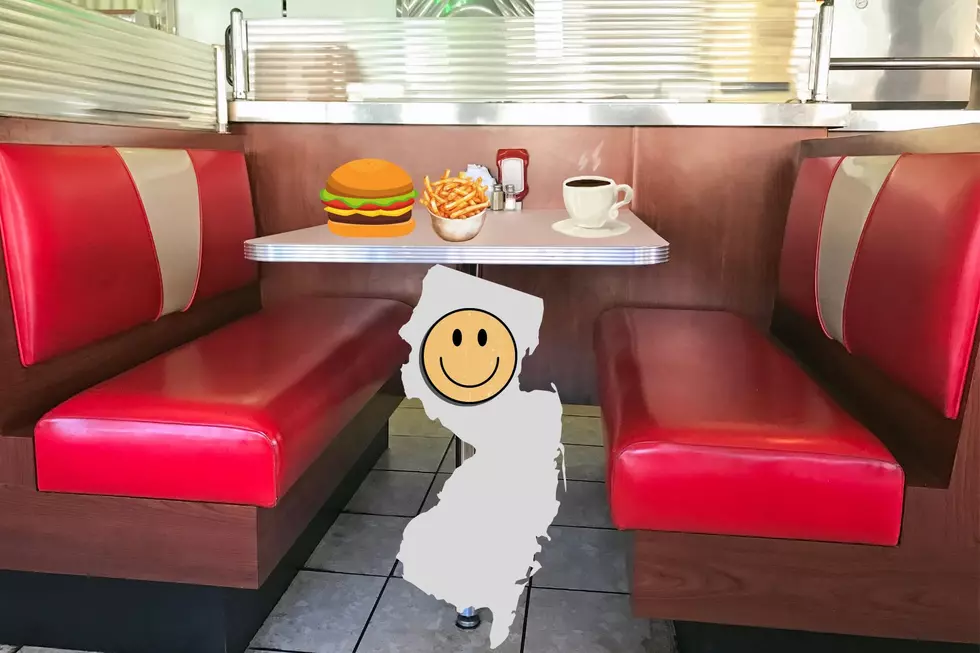![Future Shore Development After Sandy [SERIES]](http://townsquare.media/site/394/files/2013/05/Mantoloking.jpg?w=980&q=75)
Future Shore Development After Sandy [SERIES]
This is the fifth and final part of a series titled, Revisiting the Jersey Shore After Sandy. In this part we look at the future of the Shore, including rebuilding, zoning and protecting the area from future storms.
After seven months of preparing for the summer season the Jersey Shore is by and large ready for tourists, however, now it must turn its attention towards the long term rebuilding of communities.
Ocean County Planning Director Dave McKeon says much of that will be decided by the infamous FEMA maps. He notes the maps were released in November, much earlier than they were planning, only to give homeowners a blue print for rebuilding.
Additionally, New Jersey and subsequent municipalities needed to adopt the maps out of necessity.
"Unless the state adopted these new building practices and the towns followed suit, their residents may miss out on funding they need to rebuild."
But he says when the maps were originally released, FEMA acknowledged they were in the very preliminary stages.
"FEMA has admitted those maps will change."
The problem, according to McKeon, is the flood maps are a "moving target." He expects FEMA to release formal draft maps around July or August but that is nowhere near the end of the process.
"That will be more specific and more accurate information, but that only starts the formal comment period."
One of the biggest issues have been the V zones, which are designated heavy flood zones by the current flood maps and in many instances require homes to be elevated. McKeon notes that's one of the biggest concerns for homeowners, especially since many are placed into V Zones but have never seen significant flooding.
"I think they have to be decreased because there's not the wave action that you're seeing, but they are still subject to flooding."
McKeon points out while there will be rebuilding at the shore, it won't look drastically different. He says homes with newer construction did held up better in many cases.
"It is a very common sight at the shore now to see houses elevated, they have their utilities elevated, their air conditioning units up on platforms outside of their houses."
Similar to major storms in the 70s and 90s, Sandy serves as an example to what building techniques work and which don't.
"It's a natural progression that as time goes by, revisions are made."
He notes that the majority of homes that were destroyed were older units, some of which were on cement slabs very close to sea level.
"You couldn't have built those units anyway last year."
More From 92.7 WOBM










